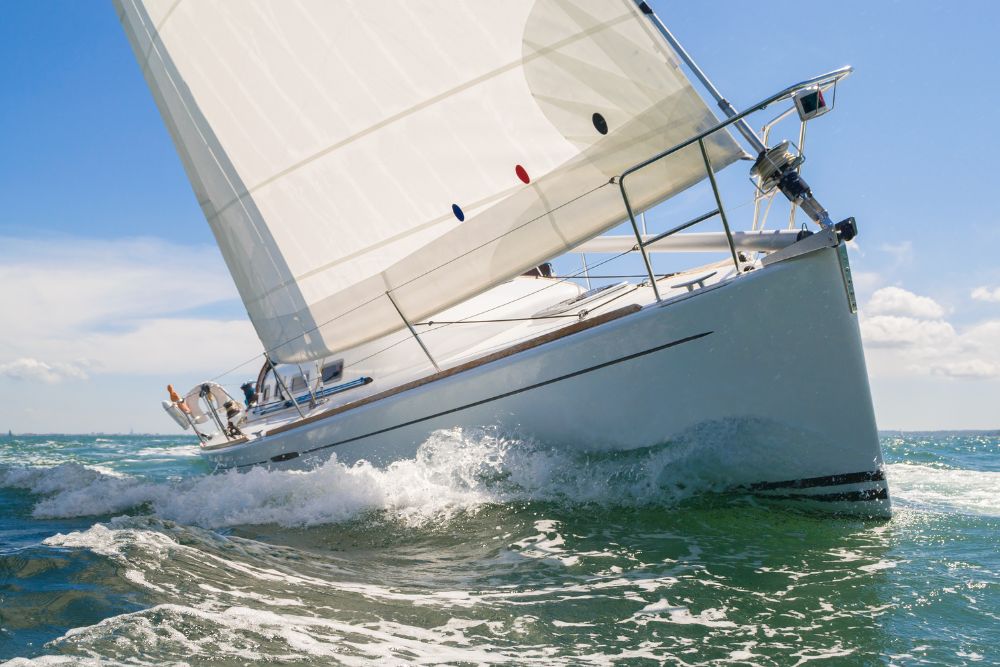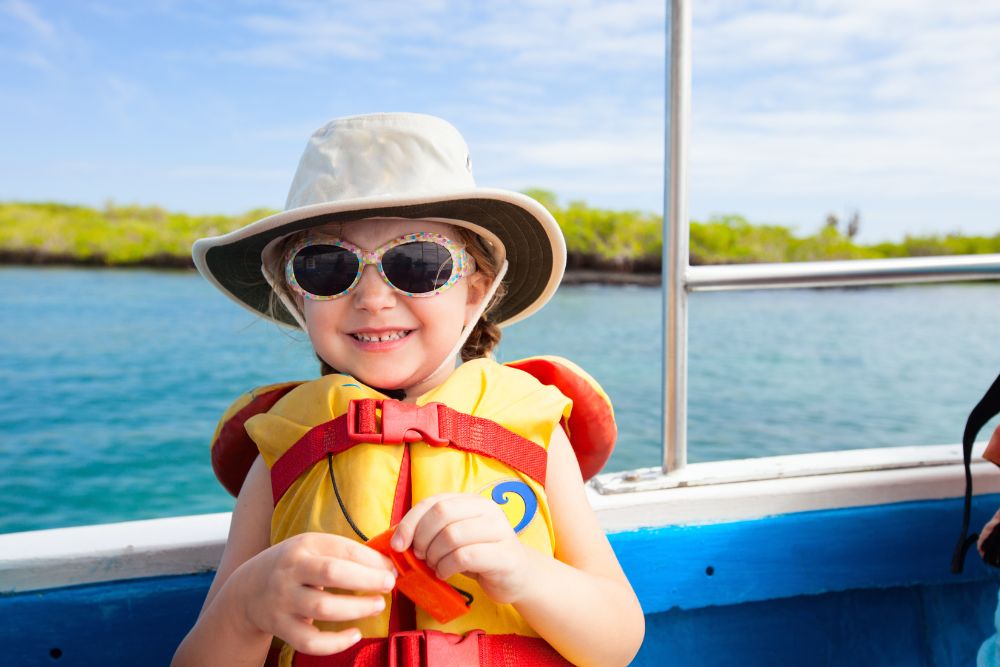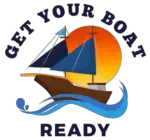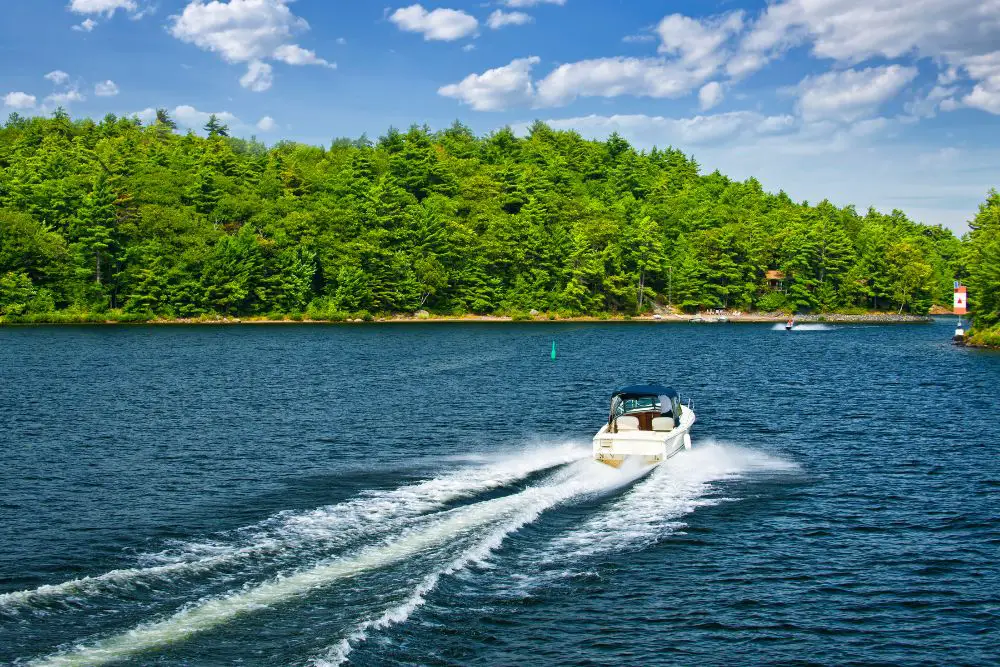Many people enjoy driving fast boats. The wind in your hair, the sun on your face, and the feeling of freedom as you zip across the water are tough to beat. But it’s important to remember that speed comes with responsibility. Not only do you need to be aware of other boats and obstacles in the water, but you also need to know how fast is too fast for your particular vessel.
The first thing to consider is the length of your boat. The longer the boat, the more time it will take to stop. It is important to leave yourself enough time to stop if someone else cuts you off or if there is an obstacle in the water.
The second thing to consider is the weight of your boat. The heavier the boat, the harder it will be to change directions. You could easily capsize your boat if you are going too fast and need to make a sudden turn.
The third thing to consider is the weather conditions. Wind and waves can make it difficult to control your boat, even if you are going slow. If the water is choppy, it is best to stay close to shore, where you can more easily get help if needed.
Internal Factors That Determine Safe Speed
There are a lot of factors that go into how fast you can safely drive your boat. Engine size, boat size, type of boat, and type of propeller all play a role. Let’s take a closer look at each of these internal factors to see how they impact safe speed.
Engine Size
One of the most important factors in determining your boat’s safe speed is engine size. A larger engine will be able to push your boat faster through the water. However, it’s important to note that there is such a thing as too much power. If your boat’s engine is too large for its hull, you run the risk of having an accident. That’s why it’s so important to choose an engine that is the right size for your boat.
Boat Size
The size of your boat also plays a role in a safe speed. A larger boat will be able to handle more power and will be less likely to tip over in rough waters. On the other hand, a small boat will have a lower weight limit and might not be able to handle as much power. That’s why it’s important to consider both the size of your engine and the size of your boat when determining safe speed.
Type of Boat
Another factor that determines safe speed is the type of boat you’re driving. A pontoon boat, for example, will have a different weight limit than a speedboat. That’s because pontoon boats are designed for leisurely cruising, while speedboats are designed for—you guessed it—speed. If you’re not sure what kind of weight limit your boat has, be sure to check the manufacturer’s guidelines before heading out on the water.
Type of Propeller
Finally, the type of propeller you have also plays a role in a safe speed. A three-blade propeller will provide more thrust than a two-blade propeller, which means it can help you go faster. However, three-blade propellers are also more likely to cause cavitation—a condition in which bubbles form around the blades and reduce their efficiency. A three-blade propeller is probably your best bet if you’re looking for top speed. But if you’re concerned about cavitation, then you might want to opt for a two-blade propeller instead.

External Factors That Determine Safe Speed
It’s common knowledge that you should always watch the speedometer when driving a boat. But did you know that how fast you’re going also depends on external factors like water depth and weather conditions?
Spending time on the water is a great way to relax and escape the hustle and bustle of everyday life. However, it’s important to be aware of the dangers that can come with being out on the open water. Here are some external factors that determine boat speed and how they can impact your safety.
Water Depth
One of the most important factors that determine boat speed is water depth. In shallow waters, boats must slow down to avoid hitting the bottom or running aground. This is because there is less water for the boat to displace, which causes it to sit lower in the water. This can make it more difficult to maneuver and may even cause damage to the hull. In deep waters, boats can travel at higher speeds because there is no danger of hitting bottom.
Weather Conditions
Another factor that determines boat speed is weather conditions. When waves are high, it’s important to slow down to avoid capsizing or getting swamped by a wave. High winds can also make it difficult to control the boat, so it’s important to reduce speed in these conditions. If visibility is reduced due to fog or rain, it’s also important to slow down so that you have enough time to react if you see something in your path.
Traffic Density
The density of traffic on the water will also determine how fast you can safely travel. In areas with a lot of boats, it’s important to reduce speed so that you have time to avoid a collision. You should also be on the lookout for areas where other boats are anchored or moored, as these areas can be difficult to see until you’re right upon them. Be sure to give these areas a wide berth so that you don’t accidentally damage your boat or another vessel.

Important Safety Considerations
Boating is a lot of fun, but always putting safety first is important. That means knowing how fast is too fast for the type of boat you’re driving and the conditions you’re driving in. It also means knowing your limits and the limits of your passengers.
The Type of Boat Matters
The type of boat you’re driving will greatly impact how fast is too fast. For example, small aluminum fishing boats are not meant to be driven at high speeds and may even disintegrate if driven too fast. On the other hand, larger speedboats are designed for high speeds and can safely reach speeds over 50 miles per hour.
The Condition of the Boat Matters, Too
Even if your boat is designed to handle high speeds, that doesn’t mean it’s always safe to operate at those speeds. The condition of your boat should be carefully inspected before each use to ensure that it’s in good working order. This includes everything from checking the hull for cracks or damage to ensuring all the lights are working properly.
You should also pay attention to the condition of the water you’ll be driving in. Rough waters can create waves and chop, quickly swamp a small boat or capsize a larger one. It’s always best to err on the side of caution and slow down when driving in rough waters.
Know Your Limits (and Your Passengers’)
It’s important to know both your limitations as a driver and the limitations of your passengers. If everyone on board isn’t comfortable with high speeds, it’s best to keep things slow. And if you’re not comfortable driving at high speeds, don’t do it! Slow down until you’re comfortable, even if that means being passed by other boats. Remember, it’s better to arrive late than not at all.
In Conclusion
Determining safe boat speed comes down to knowing both your boat and yourself. Make sure you understand the capabilities of your vessel and inspect it before each use to ensure that it’s in good working order. Pay attention to conditions on both the water and within your boat, and adjust your speed accordingly. And most importantly, don’t push yourself beyond your comfort level—it’s not worth risking your life (or the lives of your passengers) for a few extra minutes on the water. Be sure to consider all of these factors when choosing an appropriate speed for your vessel. And remember: when in doubt, always err on the side of caution!



